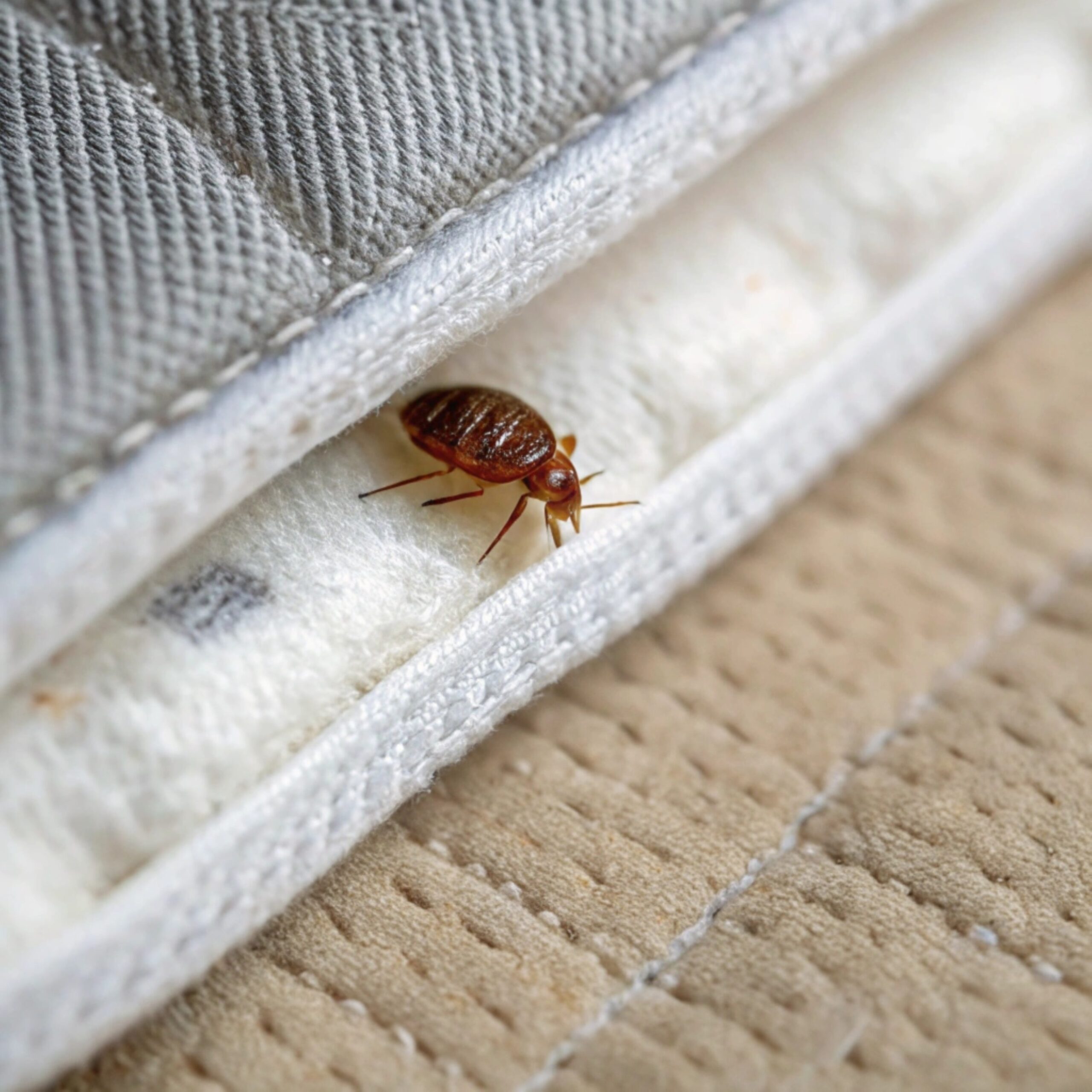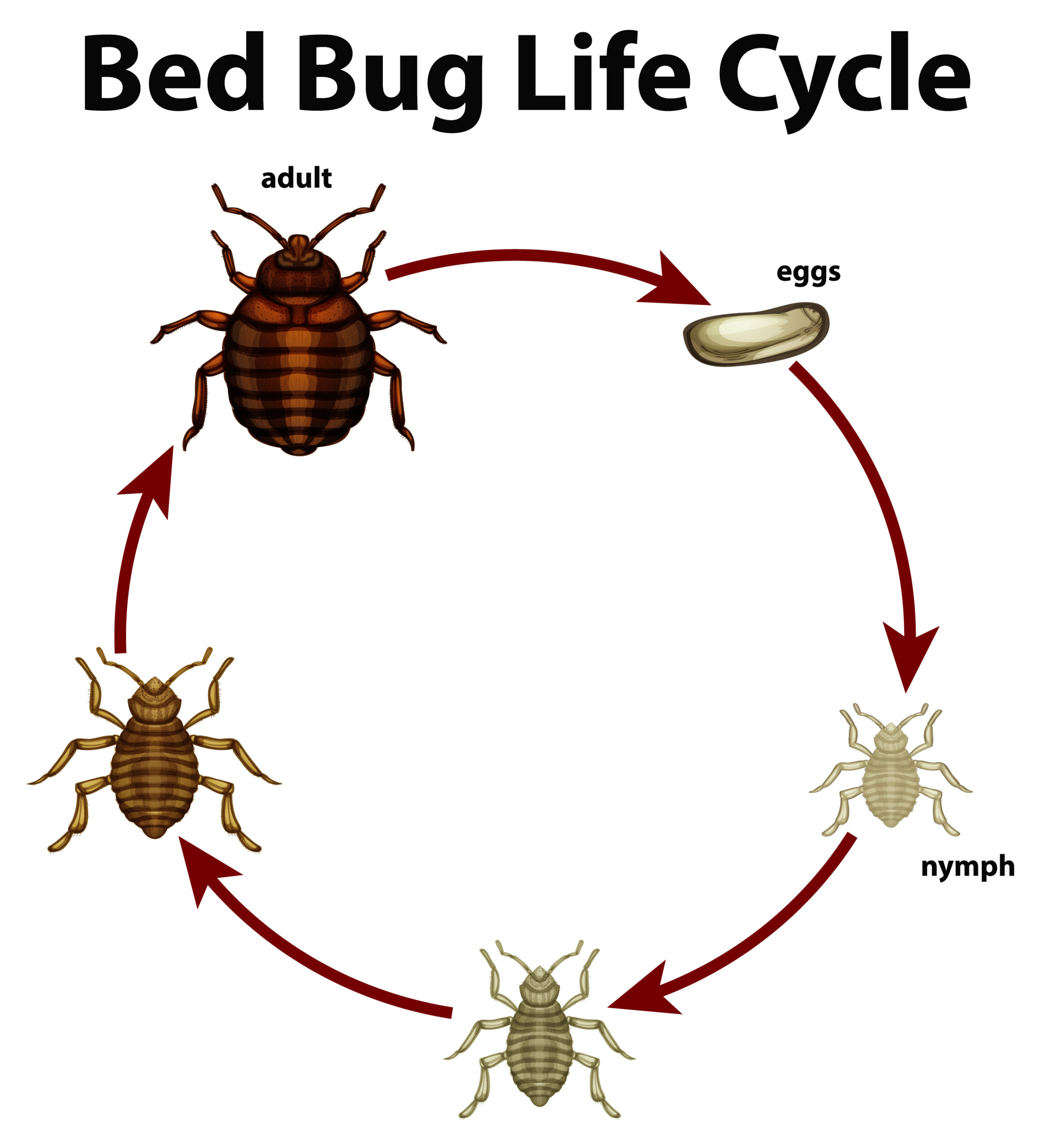- ACTIVITIES
5 Very Best Halloween Games for Kids


Bed bugs are a growing concern for homeowners and renters alike, as these persistent pests can easily invade living spaces and cause significant distress. Understanding where bed bugs come from and how they spread is crucial for effective prevention and control. This article delves into the origins of bed bugs, their lifecycle, and practical strategies to keep them at bay.
Bed bugs are notorious for their ability to travel and establish themselves in new environments. These pests often originate from locations where large numbers of people come and go, making it easy for them to hitch a ride. Common sources include hotels, motels, and hostels, where bed bugs can move from one guest’s luggage to another. Additionally, used furniture and clothing can harbor bed bugs, allowing them to enter homes undetected.
Public places such as theaters, public transportation, and even office buildings can also serve as breeding grounds for these pests. Bed bugs are adept at hiding in small crevices, making it easy for them to be transported from one location to another without being noticed.
Public transportation systems, including buses, trains, and subways, provide ideal environments for bed bugs to spread. As passengers move from one place to another, bed bugs can cling to clothing, bags, or other personal items. The close quarters and frequent turnover of passengers create ample opportunities for these pests to find new hosts and locations to infest.
Although it might seem challenging to avoid contact with bed bugs in such settings, being vigilant and taking precautionary measures can significantly reduce the risk. Inspecting seats and keeping personal belongings off the floor can help minimize exposure to these pests.
Detecting a bed bug infestation early is crucial for effective management. Common signs include small, reddish-brown stains on bedding or furniture, which are indicative of bed bug excrement. Additionally, itchy welts or bites on the skin, often appearing in a line or cluster, can suggest the presence of bed bugs.
Upon closer inspection, you might find live bed bugs or their shed skins in the seams of mattresses, cracks in bed frames, or behind headboards. A musty odor, caused by the pheromones released by bed bugs, can also be a telltale sign of an infestation.

Understanding the lifecycle of bed bugs is essential for targeting them effectively. Bed bugs undergo a simple metamorphosis that includes three primary stages: egg, nymph, and adult. Female bed bugs lay eggs in hidden crevices, which hatch into nymphs within two weeks. These nymphs resemble smaller versions of adult bed bugs and require a blood meal to molt and grow.
Over several weeks, nymphs progress through five molts before reaching adulthood. Adult bed bugs can live for several months, during which they can reproduce and lay hundreds of eggs, perpetuating the infestation cycle. Targeting bed bugs at various stages of their lifecycle can increase the chances of successful eradication.
Effective control of bed bugs requires a combination of tools and strategies. High-quality mattress encasements can prevent bed bugs from accessing or exiting mattresses, while interceptors placed under bed legs can trap and monitor bed bug activity. Vacuum cleaners with strong suction and HEPA filters can remove bed bugs and their eggs from carpets and furniture.
Steam cleaners are another powerful tool, as they can penetrate deep into fabrics and crevices, killing bed bugs and their eggs on contact. For more extensive infestations, professional pest control services might be necessary to ensure a thorough eradication.
For those who prefer to avoid chemical treatments, several natural alternatives can help manage bed bug infestations. Diatomaceous earth, a natural powder, can be applied to cracks and crevices to dehydrate and kill bed bugs on contact. Essential oils, such as tea tree oil and lavender, have also been reported to repel bed bugs, although their effectiveness can vary.
Heat treatment is another natural method, as exposing infested items to high temperatures can effectively kill bed bugs at all stages of their lifecycle. Washing and drying bedding and clothing at high temperatures can help reduce bed bug populations without the use of chemicals.
Preventing bed bug infestations begins with vigilance and proactive measures. Regularly inspecting bedding, furniture, and luggage for signs of bed bugs can help catch infestations early. When traveling, keep luggage off the floor and away from beds, and inspect hotel rooms thoroughly before settling in.
At home, reducing clutter and sealing cracks and crevices can eliminate potential hiding spots for bed bugs. Using protective covers on mattresses and box springs can also help prevent bed bugs from establishing themselves in these areas. By implementing these strategies, homeowners and renters can significantly reduce the risk of bed bug infestations.